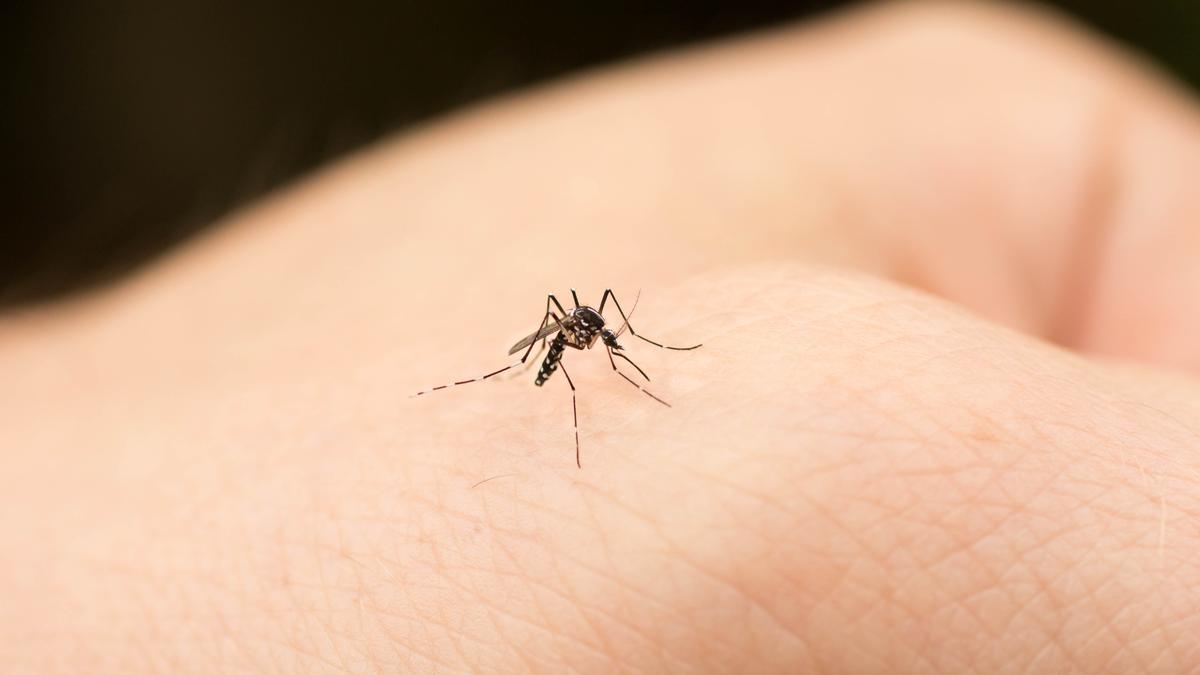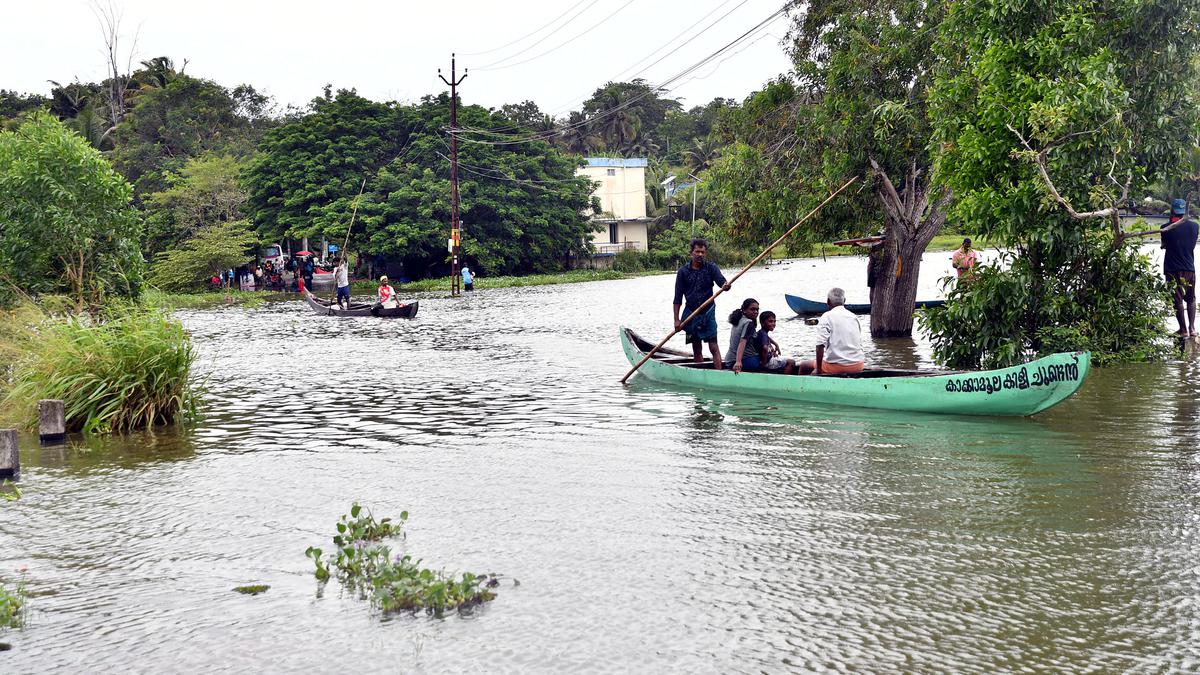A new tool developed by IIA, Bengaluru, and their collaborators can enable the Thirty Meter Telescope to generate sharper astronomical images. Image for representation purposes only. File
| Photo Credit: AFP
Indian researchers at the Indian Institute of Astrophysics (IIA) in Bengaluru and their collaborators have developed a new online tool to create a comprehensive star catalogue for the Adaptive Optics System (AOS) of the upcoming Thirty Meter Telescope (TMT).
TMT is an international scientific endeavour which would come up at Maunakea in Hawaii.
According to the Department of Science and Technology, the TMT, the Giant Magellan Telescope, and the European Southern Observatory’s Extremely Large Telescope represent the future of ground-based astronomy.
India is a key partner in the TMT project, with India TMT Center at IIA leading the national collaboration.
The new tool can enable this ground-based telescope, which is one of the largest to be operational in the next decade, to generate sharper astronomical images.
“The AOS on TMT, known as the Narrow Field Infrared Adaptive Optics System (NFIRAOS), will be enhanced by a Laser Guide Star (LGS) facility. This facility will project up to nine lasers into the sky to create artificial guide stars. However, atmospheric turbulence affects these laser beams, so measuring atmospheric tip-tilt is uncertain. To correct these effects, the AO system requires feedback from three real stars, known as Natural Guide Stars (NGS),” said Dr. Sarang Shah from IIA.
Researchers at the IIA and their collaborators have developed an automated code that can be used as an online tool to create a catalogue of Near Infrared (NIR) stars.
“The automated code can compute the expected near-infrared magnitudes of stellar sources identified in various optical sky surveys using their optical magnitudes,” said Dr. Smitha Subramanian, co-author and faculty at IIA.
Using multi-band optical photometry from the PAN-STARRS telescope, the researchers filtered and identified stars, predicting their near-infrared magnitudes through innovative methods. They validated their approach using data from the UKIDSS survey of the United Kingdom Infrared Telescope, achieving over 85% accuracy in their NIR magnitude predictions.
India’s participation in the TMT collaboration involves the IIA, the Inter-University Center for Astronomy and Astrophysics (IUCAA), Pune, and the Aryabhatta Research Institute for Observational Sciences (ARIES), Nainital.














